PUBLICATIONS
-
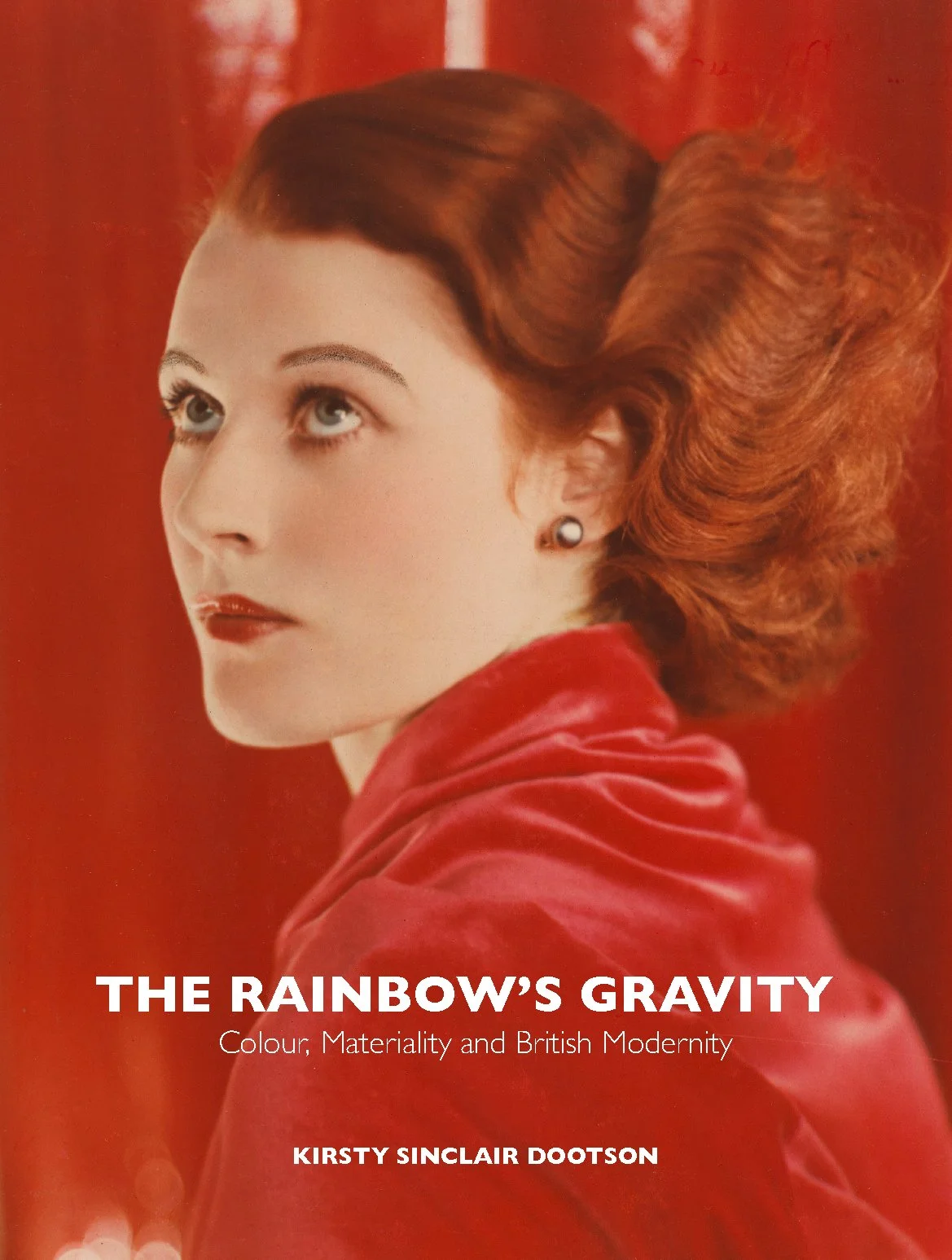
The Rainbow’s Gravity: Colour, Materiality and British Modernity
Published by The Paul Mellon Centre/Yale University Press, 2023.
Winner: BAFTSS Best First Monograph Award, MSA First Book Prize. Shortlisted: MLA Prize for a First Book, The Kraszna-Krausz Book Award. Long-listed: Berger Prize. Named by the Art Newspaper as one of ‘five must-read books on all things chromatic’ and by The Historians of British Art Book Prize Committee as ‘Exemplary Scholarship on the Period between 1800–1960’. You can read reviews in Journal of Cinema and Media Studies, Oxford Art Journal, Journal of Visual Culture, The Historical Journal of Film, Radio and Television , Apollo Magazine, and The Art Newspaper
From Victorian breakthroughs in synthesising pigments to the BBC’s conversion to chromatic broadcasting, the story of colour’s technological development is shown here to be inseparable from wider processes of modernisation that transformed Britain. This book reveals how new colour media (across painting, printing, photography, film, and television) revolutionized the way Britain saw itself and its Empire across the nineteenth and twentieth centuries.
-

Europium Red: Mining the Material History of Colour Television
Co-authored with Siobhan Angus, Forthcoming in Media+Environment
In this article we examine how the rare earth element europium, used to enhance red colours broadcast on cathod-ray tube televisions from the 1960s, had wide-reaching repercussions beyond televisual aesthetics. We trace europium’s supply chain from mine to factory, considering its impact on the natural world and human workers, as well as its links to energy and weaponry, before considering the social and political ramifications of the newly vivified reds it made possible. As we examine here, red, as a color with heighted political significance during the cold war, problematic links to racial stereotypes of indigenous peoples, and sensory associations with violence and lust, posed a threat as well a promise to 1960s America.
-

A History of Colour Cinema That Can Account for Indian Cinema: The Bombay Film Laboratory, Kashmir’s Climate and Gevacolor’s Pamposh
Co-authored with Poorvi Gaur, BioScope: South Asian Screen Studies, May 2025
Visual analysis and questions of aesthetics are central to global histories of screen colour, yet many early Indian colour films are now lost. This archival absence has therefore produced a scholarly silence on colour in Indian cinemas. How then can we develop new methods for studying colour that can account for Indian cinema? Focusing on Bombay contexts, we take the lost film Pamposh as a case study.
-

White Hot and Agfacool: Race, Heat and Colour in The Zone of Interest
World Picture Journal, 15, Winter 2025
This essay speculates that a thermal approach to reading colour as a racialized phenomenon could be the “next” rotation in the so-called chromatic turn in film and media studies. It marries up some of the more conventional, art historical approaches to colour and temperature with more recent work on the ideological operations of thermal media. to explore how Glazer’s film uses heat to test the boundaries of the rhetorical conflation of a chromatic hue (white) with a racial taxonomy (whiteness).
-

Hollywood Colour: Race, Technology, Aesthetics
Co-authored with Xin Peng, in Pamela Wojcik and Paula J. Masood (eds), The Routledge Companion to American Film History, (New York: Routledge, 2025)
In this essay we reveal how the history of Hollywood colour filmmaking was profoundly shaped by the imbrication of colour as an optical experience and naturalized index of racial difference. We consider how, throughout Hollywood history, the introduction of new color technologies was channeled through narratives dramatizing the social integration of people of color into a supposedly White/colorless world—what we call "colour integration narratives".
-

Chinese Imbibition Prints
Co-authored with Zhaoyu Zhu, FIAF Film Atlas, 2025
The two co-authored entires on Chinese Imbibtion prints for the FIAF Film Atlas (“An international visual guide to every motion picture film format, soundtrack and color process ever invented”) edited by James Layton.
-
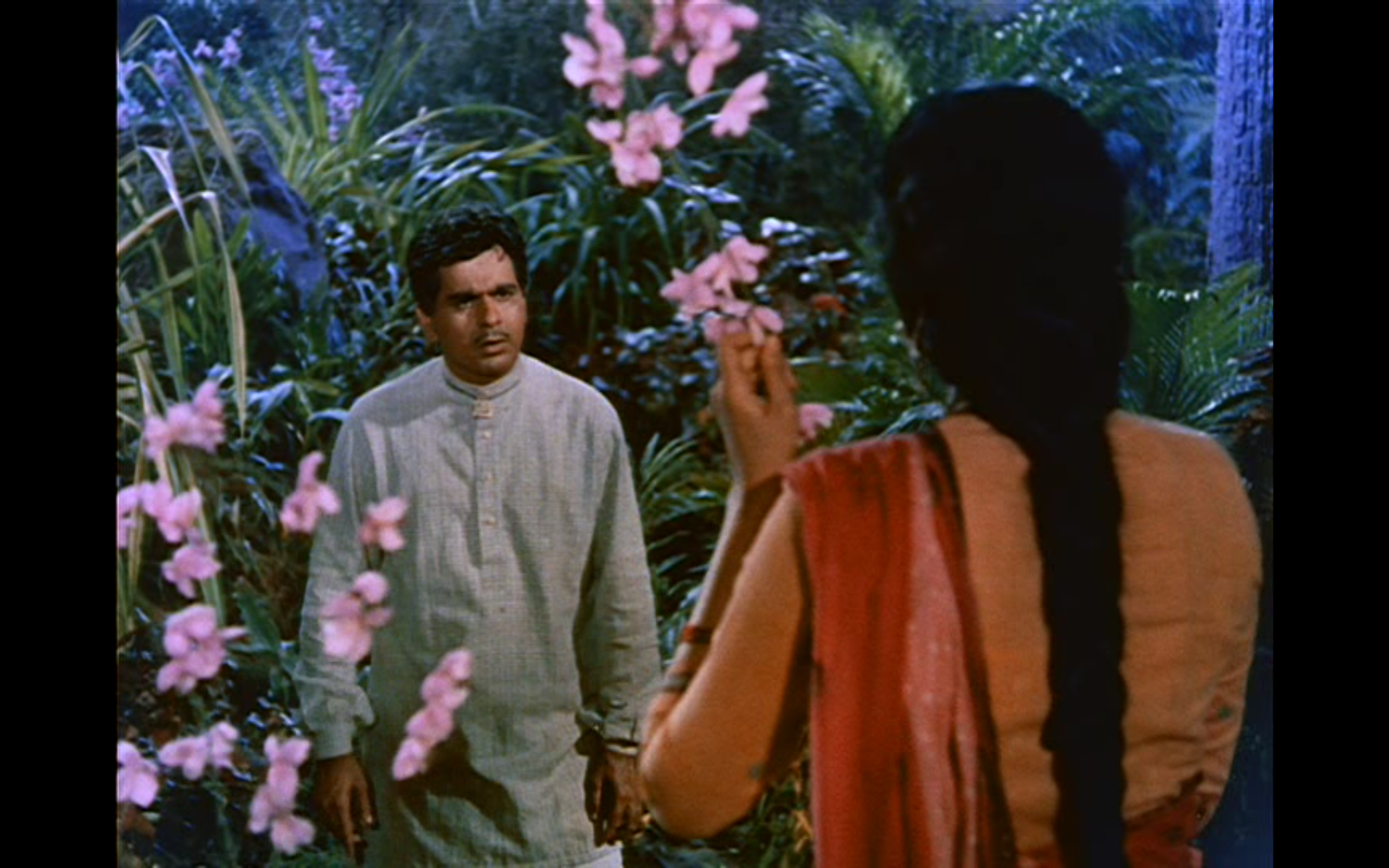
Mapping the Laboratory: Technicolor Across Asia and Europe
Chapter in Global Film Color: The Monopack Revolution at Midcentury edited by Sarah Street and Joshua Yumibe (Rutgers University Press, 2024).
In this chapter I examine the internationalization of Technicolor’s laboratory network between 1955 and 1993, to argue that the multiple meanings of Technicolor’s identity were produced through this translation of the technology into different geographic, political, and cultural spheres and as well as collaboration and contact between these labs.
-
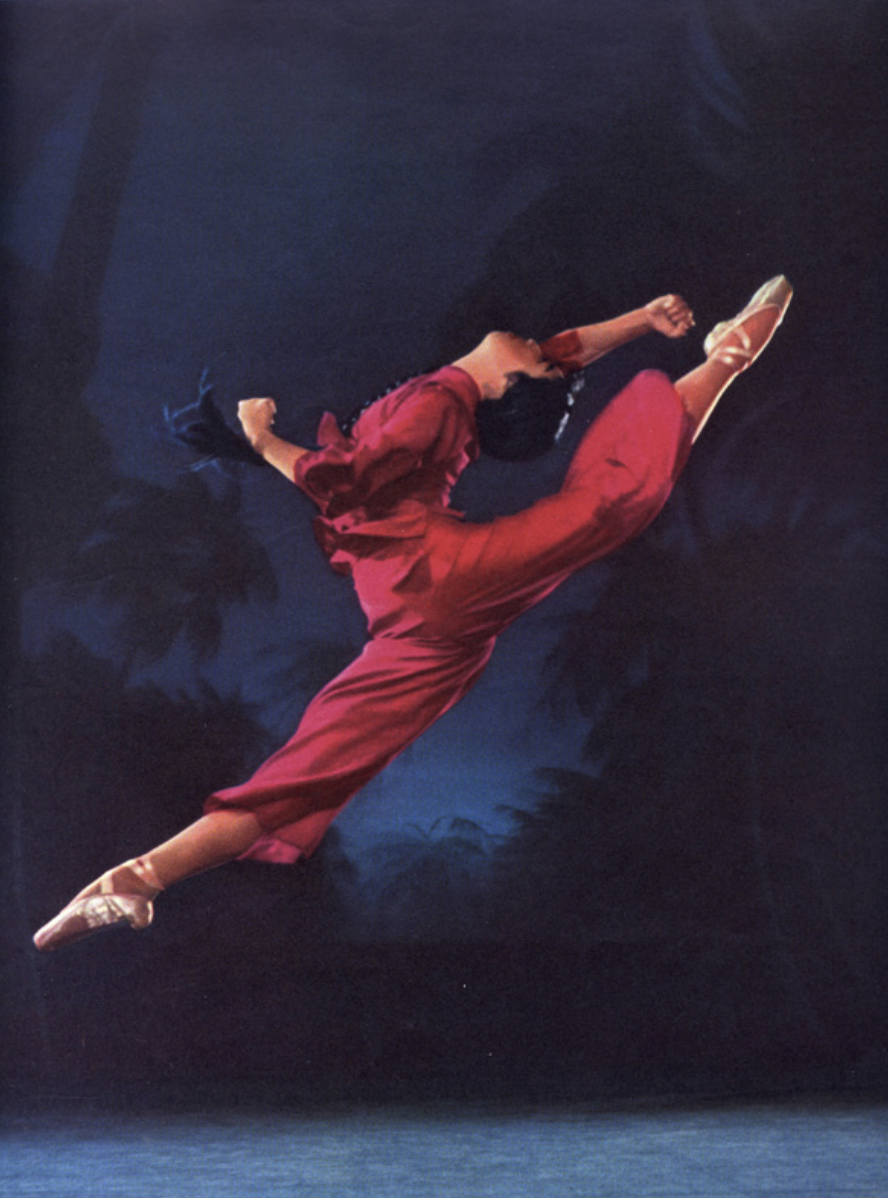
Did Madame Mao Dream in Technicolor? Rethinking Cold War Colour Cinema through Technicolor’s “Chinese Copy”
Co-authored with Zhaoyu Zhu, Screen 61, no. 3 (1 September 2020): 343–67
Winner of the SCMS Katherine Singer Kovács Essay Award, Screen Biennal Award, and Honourable Mention for BAFTSS Best Article Prize.
During the Cultural Revolution the Chinese government purchased printing equipment from the British wing of Technicolor to mass produce propaganda films. In this essay, we ask what Technicolor’s ‘Chinese copy’ can tell us about the global chromatic networks that characterized colour filmmaking during the Cold War. We examine how this technological exchange forces us to rethink China’s connection to larger transnational networks of film technology during the Cultural Revolution – and ask how Technicolor’s ‘Chinese copy’ troubles attempts to fix certain aesthetics within singular ideological frameworks. Rather than simply suggesting that colour carried different meanings in different political and national contexts, we contend that the political meaning of colour was produced in and through the act of its circulation across capitalist and socialist states.
-

The Texture of Capitalism: Industrial Oil Colours and the Politics of Paint in the Work of G.F. Watts
British Art Studies, Issue 14, November 2019
This article considers how the industrial production of artists’ colours, or oil paint, in the second half of the nineteenth century affected artistic practice. The transformation of paint-making from an artisanal craft into an industrial process did not change the hue or saturation of colours, but radically altered their texture. It was through the materiality of their paints that artists became aware of the impact industrialisation had upon their practice; texture itself became a flashpoint for debates about the effect of capitalist modernity on painting in particular and society more broadly. This article examines how the painter George Frederic Watts mobilised the texture of his paints to articulate an anti-capitalist, moral aesthetic at a time when mass production made oil colours homogenously buttery and smooth, as well as fugitive and unstable.
-
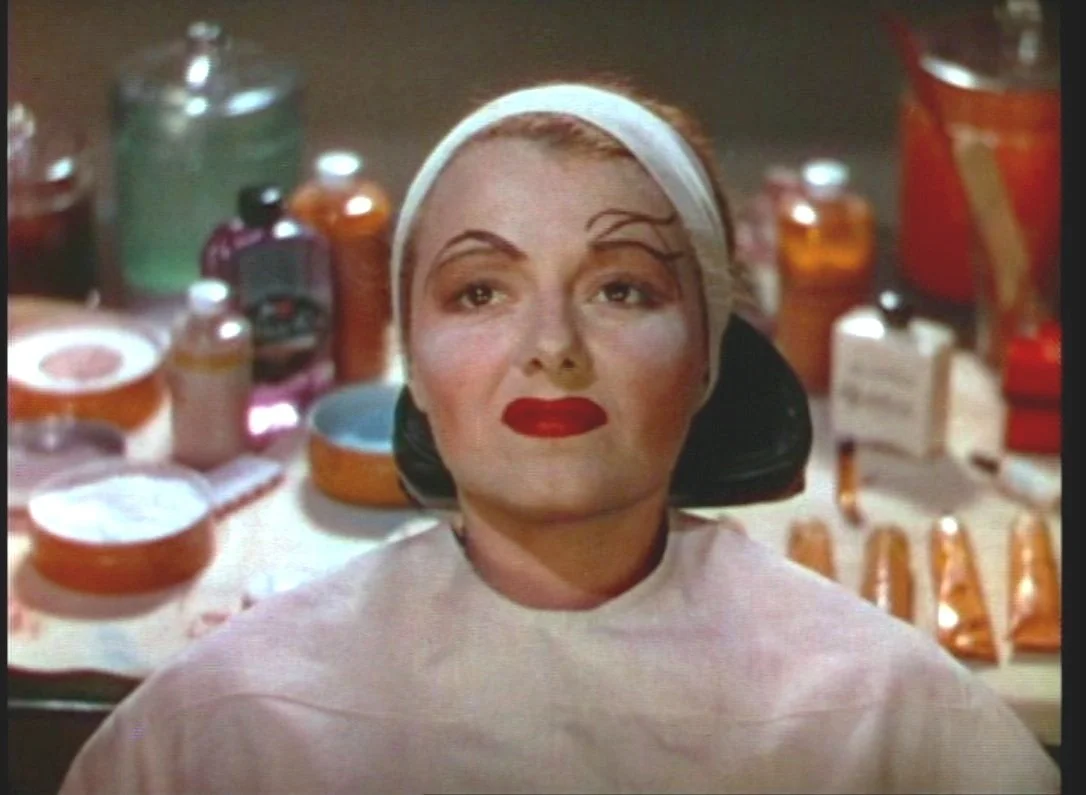
"The Hollywood Powderpuff War": Technicolor Cosmetics in the 1930s
Film History 28, no. 1 (2016): 107–31
Highly commended for Screen’s Annette Kuhn Essay Award, Runner Up for BAFTSS Best Doctoral Student Journal Article Prize.
This essay examines the rivalry between cosmetics firms Max Factor and Elizabeth Arden in 1930s Hollywood as they competed for dominance in the field of Technicolor cosmetics. This rivalry, dubbed “the Hollywood Powder Puff War” by the press, was far from a trivial skirmish but is discussed here as the site where labor practices, racial constructions, and female identity were contested. Against a backdrop of industrial action in studio makeup departments, I argue that Factor’s Technicolor cosmetics line ultimately triumphed over Arden’s by reinforcing Whiteness as a beauty ideal during the transition from black-and-white to color film.
-

Revisiting Jhansi Ki Rani: India's First Technicolor Film
Technicolor Creative Studios, January 2023
There are many movies that claim to be the first “Indian” Technicolor film. However, Sohrab Modi’s 1953 historical epic Jhansi Ki Rani has a special claim to the title. As the only three-strip Technicolor movie to have ever been produced, directed, and shot domestically in India, Modi’s film holds a privileged position both in the history of Indian cinema and the wider global history of Technicolor filmmaking. Here I revisit the production history of the film in the year of its 70th anniversary
-
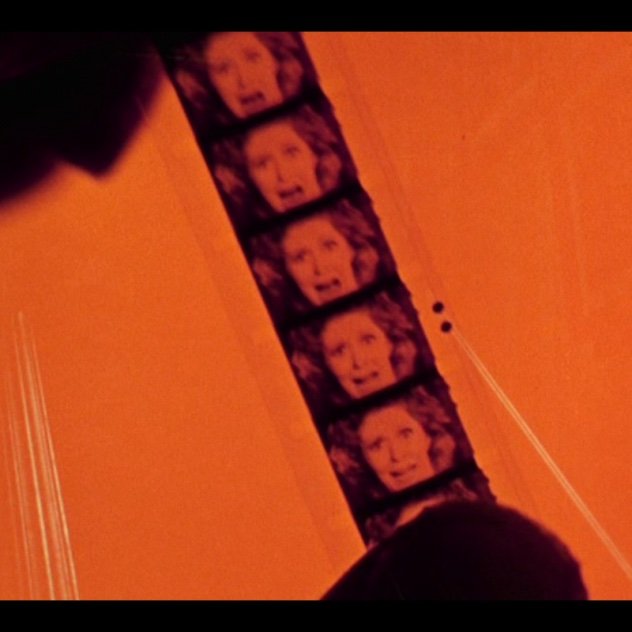
The Perversion of the System: Peeping Tom (1960) and Eastmancolor
Eastmancolor Revolution Project Blog, February 2018
Eastmancolor marked a democratization of colour technologies that removed restrictions on who could use colour and how, ending the kind of colour control that had been central to Technicolor’s corporate identity. Yet this increased flexibility and affordability of colour also incited increased anxiety about its potential misuse. These concerns were exacerbated in the late 1950s because this technological change coincided with the increasing de-regulation of films in terms of censorship. No longer the reserve of major studios producing big-budget musicals and comedies, colour was now also available to less salubrious producers working in exploitation genres. Now “anybody with a camera” could make a film in colour. Here I argue suggest that the anxiety about the increasing deregulation of film colour wasn’t simply the historical context of Powell’s film, but its very subject.
-

The Politics of Colour Media
Frames Cinema Journal, Special Issue: The Politics of Colour Media, Summer 2017
This editor’s introduction to a special issue of Frames Cinema Journal explores the intimate connections between the politics of colour-as-hue and the politics of colour-as-race.
-

Playlist: Rainbow of Film Colour
-

The Magician & The Ragman (1954)
in The Work of Jean Dubuffet, Museum Research Consortium Dossier, MoMA, New York, 2014
This short essay considers the materials and techniques used in Dubuffet’s sculptures.